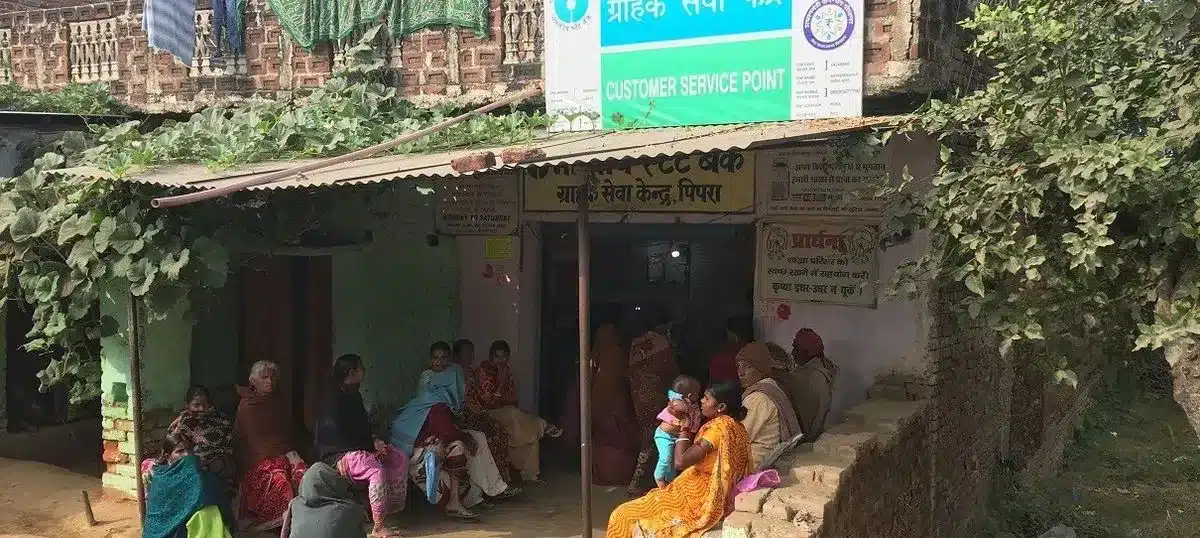About Regional Rural Banks (RRBs)
- RRBs are banks formed in collaboration by the Central Government, State Governments, and Sponsoring Commercial Banks to give loans to rural areas.
- Their mission is to fulfill the credit needs of the relatively unserved sections in rural areas: small and marginal farmers, agricultural labourers, and socio-economically weaker sections.
- The RRBs mobilize financial resources from rural / semi-urban areas and grant loans and advances mostly to small and marginal farmers, agricultural labourers, and rural artisans.
- Origin:
- The Narasimham Committee on Rural Credit (1975) recommended the establishment of RRBs.
- The establishment of RRBs finds its route in the ordinance passed on 26th September 1975, and the RRB Act of 1976.
- rathama Grameen Bank was the first RRB bank and was established on 2nd October 1975.
- RRBs were configured as hybrid micro banking institutions, combining the local orientation and small-scale lending culture of the cooperatives with the business culture of commercial banks.
- RRBs perform various functions in the following heads:
- Providing banking facilities to rural and semi-urban areas.
- Carrying out government operations like the disbursement of wages of MGNREGA workers, distribution of pension, etc.
- Providing Para-Banking facilities like locker facilities, debit and credit cards, mobile banking, internet banking, UPI etc.
- The RBI has set a Priority Sector Lending (PSL) target of 75% of total outstanding advances for RRBs as against 40% for Scheduled Commercial Banks.
- Ownership: The shareholding pattern of RRBs among the three sponsoring entities is 50:35:15 among the central government, sponsoring bank, and state government, respectively.
- The area of operation of RRBs is limited to the area as notified by the Government of India, covering one or more districts in the State.
- Regulation: Regional Rural Banks are regulated by the RBI and supervised by the National Bank for Agriculture and Rural Development (NABARD).
- Sources of Funds: It comprise of owned funds, deposits, borrowings from NABARD, Sponsor Banks and other sources, including SIDBI and the National Housing Bank.
- Management: The Board of Directors manages these banks, overall affairs, which consists of one Chairman, three Directors as nominated by the Central Government, a maximum of two Directors as nominated by the concerned State Government, and a maximum of three Directors as nominated by the sponsor bank.
Q1) What is the National Bank for Agriculture and Rural Development (NABARD)?
NABARD is a financial institution that was set up by the Indian government to promote sustainable agriculture and rural development in the country. The functions of NABARD include the propagation of technological innovations, financial and non-financial solutions, and institutional development.The government of India established NABARD under the outlines of the National Bank for Agriculture and Rural Development Act 1981.It refinances all the financial institutions that finance the rural development projects for Agriculture and Rural Development or NABARD as it is the specific bank for looking after all agriculture and rural developments in the country.
Source: Most critical issue of 2019 amalgamation of RRBs was related to tech Book
Last updated on December, 2025
→ Check out the latest UPSC Syllabus 2026 here.
→ Join Vajiram & Ravi’s Interview Guidance Programme for expert help to crack your final UPSC stage.
→ UPSC Mains Result 2025 is now out.
→ UPSC Notification 2026 is scheduled to be released on January 14, 2026.
→ UPSC Calendar 2026 is released on 15th May, 2025.
→ The UPSC Vacancy 2025 were released 1129, out of which 979 were for UPSC CSE and remaining 150 are for UPSC IFoS.
→ UPSC Prelims 2026 will be conducted on 24th May, 2026 & UPSC Mains 2026 will be conducted on 21st August 2026.
→ The UPSC Selection Process is of 3 stages-Prelims, Mains and Interview.
→ UPSC Result 2024 is released with latest UPSC Marksheet 2024. Check Now!
→ UPSC Prelims Result 2025 is out now for the CSE held on 25 May 2025.
→ UPSC Toppers List 2024 is released now. Shakti Dubey is UPSC AIR 1 2024 Topper.
→ UPSC Prelims Question Paper 2025 and Unofficial Prelims Answer Key 2025 are available now.
→ UPSC Mains Question Paper 2025 is out for Essay, GS 1, 2, 3 & GS 4.
→ UPSC Mains Indian Language Question Paper 2025 is now out.
→ UPSC Mains Optional Question Paper 2025 is now out.
→ Also check Best IAS Coaching in Delhi

















